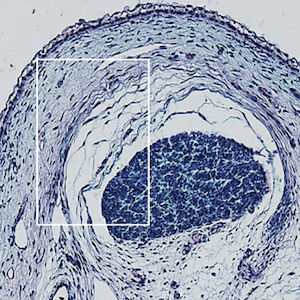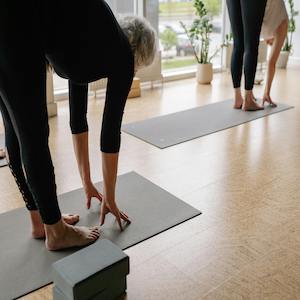Cross-cultural adaptation, reliability, and validity of the Turkish version of the Exercise Therapy Burden Questionnaire for individuals with chronic diseases
All claims expressed in this article are solely those of the authors and do not necessarily represent those of their affiliated organizations, or those of the publisher, the editors and the reviewers. Any product that may be evaluated in this article or claim that may be made by its manufacturer is not guaranteed or endorsed by the publisher.
Authors
Objective. Chronic diseases, which caused 36 million deaths in 2008, are the most common cause of death worldwide. Exercise is one of the non-pharmacological treatment methods. Although exercise benefits are well known, more than half of the population does not exercise due to the burden of exercise. The objectives of the current study were to evaluate the Turkish version of the Exercise Therapy Burden Questionnaire (ETBQ-T) and to investigate its reliability and validity.
Methods. A total of 100 participants (female: 69, male: 31) who were diagnosed with at least one chronic disease participated in the translation validity and reliability analysis of the study. Cross-cultural adaptation of the ETBQ-T was performed according to Beaton’s guidelines. The ETBQ-T, the European Quality of Life 5 Dimensions (EQ-5D), pain, satisfaction, and self-efficacy were applied for convergent validity. The ETBQ-T was retested to examine its reliability after 7 days.
Results. The internal consistency and reliability were excellent (intraclass correlation coefficient=0.959; Cronbach’s α=0.919). The standard error of measurement was reported as 5.35. The minimum detectable difference was also demonstrated at 1.35. The ETBQ-T had a good correlation with pain (r=0.545, p<0.001), satisfaction (r=-501, p<0.001), and self-efficacy (r=-0.579, p<0.001). However, the correlation of the ETBQ-T with EQ-5D (r=0.340, p=0.001) was weak. A factor was extracted, accounting for 58.289% of the total variation. There were no floor or ceiling effects.
Conclusions. The ETBQ-T is a reliable and valid tool to evaluate the exercise burden in the Turkish population with chronic disease.

This work is licensed under a Creative Commons Attribution-NonCommercial 4.0 International License.
PAGEPress has chosen to apply the Creative Commons Attribution NonCommercial 4.0 International License (CC BY-NC 4.0) to all manuscripts to be published.










